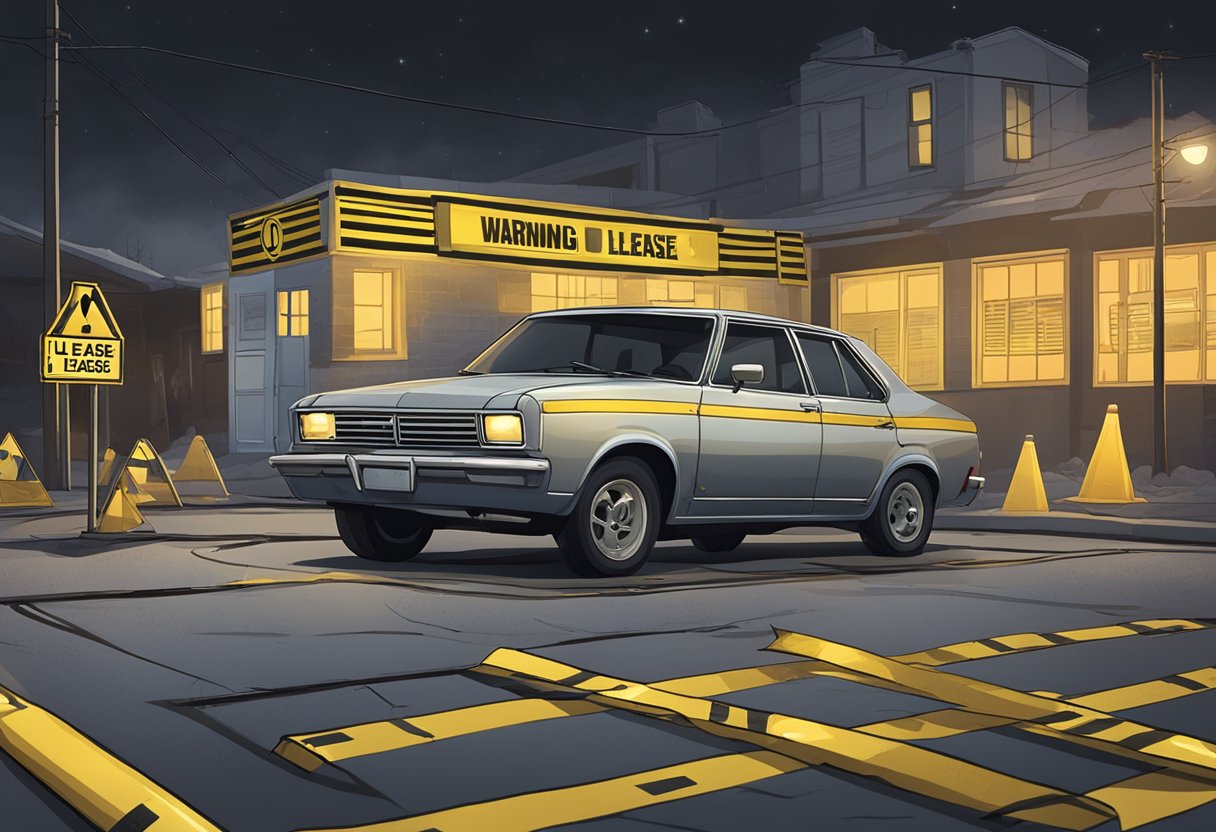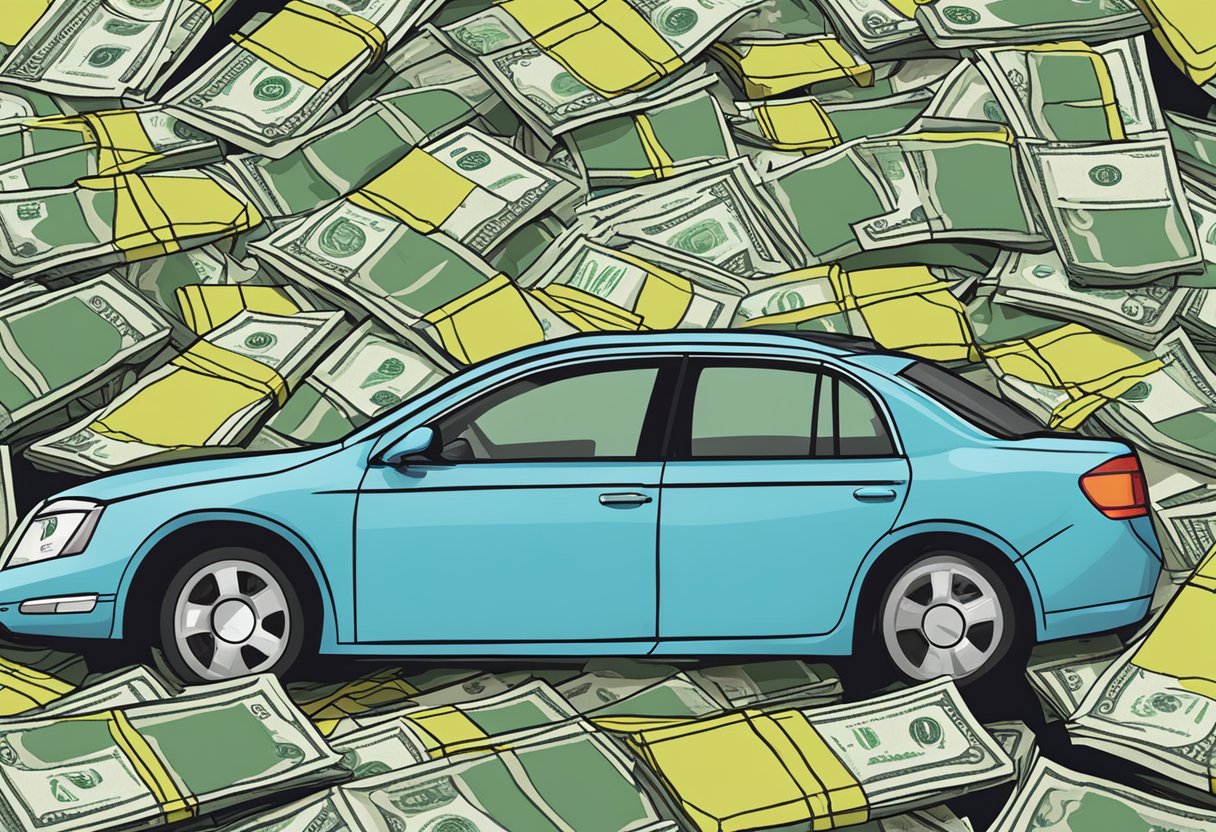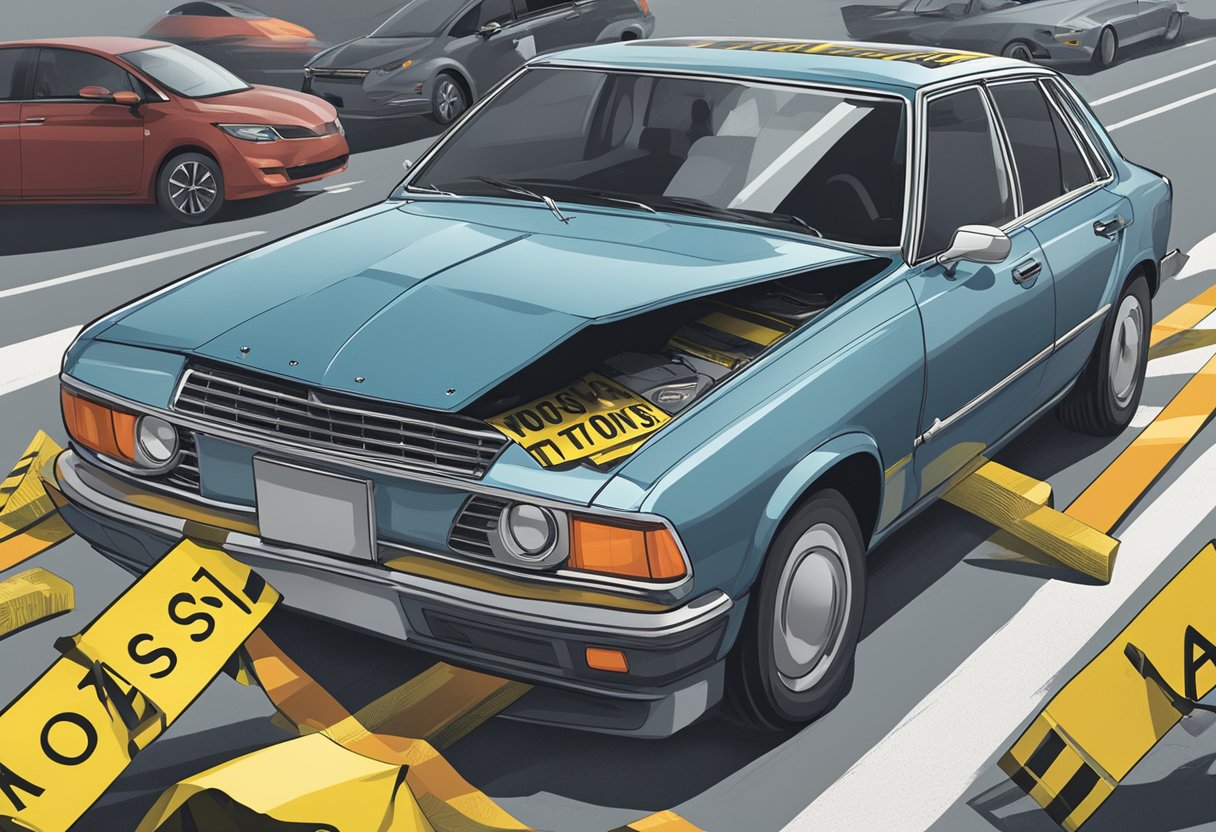Leasing a car may seem like an attractive option for those who want to drive a new vehicle without committing to a long-term purchase. However, there are several reasons why you might want to think twice before signing a lease agreement. Here are 10 factors to consider before deciding whether leasing is the right choice for you.
First, leasing a car can be more expensive in the long run than purchasing one. While monthly lease payments may be lower than loan payments, you will not own the vehicle at the end of the lease term and will need to start the process over again if you want to continue driving a new car. Additionally, you may face fees and penalties for exceeding mileage limits or returning the car in poor condition.
Second, leasing a car can limit your flexibility and freedom. Lease agreements often come with strict terms and conditions, such as restrictions on modifications or required maintenance schedules. You may also be required to carry more insurance coverage than you would with a purchased car. Before deciding to lease, consider whether these limitations align with your lifestyle and driving preferences.
Long-Term Cost Implications
When considering leasing a car, it’s important to think beyond the monthly payments and take into account the long-term cost implications. Here are some factors to consider:
Depreciation Factors
One of the biggest costs associated with leasing a car is depreciation. When you lease a car, you’re essentially paying for the depreciation that occurs during the lease term. This means that if the car depreciates more than expected, you could end up owing more money at the end of the lease term.
To minimize the risk of unexpected depreciation, it’s important to choose a car with a good resale value. You can research the resale value of different cars online or by talking to a dealer.
Interest Rates and Fees
Another factor to consider when leasing a car is the interest rate and fees associated with the lease. The interest rate on a lease is typically higher than the interest rate on a car loan, which means you’ll end up paying more in interest over the life of the lease.
In addition to the interest rate, there may be fees associated with the lease, such as acquisition fees, disposition fees, and excess mileage fees. These fees can add up quickly and significantly increase the overall cost of the lease.
To minimize the cost of interest and fees, it’s important to negotiate the terms of the lease before signing the contract. Make sure you understand all of the fees and ask the dealer to waive any that you feel are unnecessary.
Restrictions and Limitations
Leasing a car can be an attractive option for those who want to drive a new car without the long-term commitment of ownership. However, it’s important to be aware of the restrictions and limitations that come with a lease agreement.
Mileage Caps
One of the biggest limitations of leasing a car is the mileage cap. Most lease agreements come with a set number of miles you can drive per year, typically around 12,000 to 15,000 miles. If you exceed this limit, you’ll be charged a fee for each additional mile, which can quickly add up.
To avoid this, it’s important to estimate your annual mileage accurately before signing a lease agreement. If you know you’ll be driving more than the allotted amount, leasing may not be the best option for you.
Modification Constraints
Another limitation of leasing a car is the restrictions on modifications. Since you don’t own the car, you can’t make any significant changes to it without the lessor’s permission. Even minor modifications like adding a roof rack or tinting the windows may be prohibited.
If you’re someone who likes to customize your car, leasing may not be the best option for you. It’s important to carefully read the lease agreement and understand the restrictions before signing.
Wear and Tear Policies
Most lease agreements come with wear and tear policies that outline what is considered normal wear and tear and what will result in additional fees. This can include anything from scratches and dents to worn tires and interior damage.
It’s important to take good care of the car during the lease term to avoid any additional fees at the end of the lease. This may mean avoiding activities that could cause damage to the car, such as off-roading or hauling heavy loads.
Overall, leasing a car comes with several restrictions and limitations that you should be aware of before signing a lease agreement. Make sure to read the agreement carefully and understand the terms to avoid any surprises down the road.
How Does Engine Idle RPM Affect Leased Cars?
Understanding engine idle rpm is crucial for leased cars. Higher idle rpm can result in more fuel consumption and wear and tear on the engine, impacting the overall cost of the lease. Lower idle rpm, on the other hand, can lead to smoother operations and potentially lower maintenance costs for the duration of the lease.
How Can Leasing a Car Impact Whistling Sounds?
When leasing a car, it’s important to be aware of potential car whistling causes and fixes. Whistling sounds while driving could be due to issues like a loose weatherstrip, a faulty wheel bearing, or a worn-out belt. Understanding these factors can help you address any potential issues with the leased car.
Lease Contract Intricacies
Leasing a car can be a great option for many drivers, but it’s important to understand the intricacies of the lease contract before signing on the dotted line. Here are some important things to keep in mind:
Early Termination Penalties
If you decide to end your lease early, you could be hit with significant penalties. Most lease contracts require you to make all of your scheduled payments, even if you return the car early. Additionally, you may be required to pay a fee for terminating the lease early. These fees can add up quickly, so it’s important to make sure you’re committed to the lease before signing the contract.
End-of-Lease Costs
When your lease is up, you’ll be responsible for any end-of-lease costs outlined in your contract. These can include excess mileage fees, wear and tear charges, and fees for missing equipment or accessories. It’s important to understand these costs before signing your lease so you can budget accordingly.
To avoid surprises at the end of your lease, be sure to read your contract carefully and ask your leasing agent any questions you may have. By understanding the intricacies of your lease contract, you can make an informed decision about whether leasing a car is the right choice for you.
What are the potential drawbacks of leasing a car in relation to car PCM failure and repairs?
When leasing a car, it’s important to consider potential drawbacks such as car PCM failure symptoms. If the car experiences PCM failure, the repairs can be costly and time-consuming, which may not be covered by the lease agreement. It’s essential to factor in these potential expenses before deciding to lease a car.
How Can Leaking Issues Affect the Decision to Lease a Car?
When considering leasing a car, diagnosing leaks in gaskets is crucial. Leaks can lead to costly repairs and affect the overall performance and safety of the vehicle. Potential lessees should thoroughly inspect for any signs of leaks before making a decision to ensure a hassle-free leasing experience.
Why Should I Consider Leasing a Car Instead of Buying?
When understanding bumper cover vs full bumper, consider leasing a car instead of buying. Leasing offers lower monthly payments and the ability to drive a new car every few years. It also includes warranty coverage, saving money on repairs. Additionally, leasing requires little or no down payment compared to buying.
Insurance and Coverage Considerations
Leasing a car comes with its own set of insurance and coverage considerations that you should keep in mind before signing the lease agreement. Here are two important factors to consider:
Higher Insurance Premiums
When you lease a car, you are required to have a higher level of insurance coverage than you would if you were buying the car outright. This is because the leasing company is the legal owner of the vehicle and they want to protect their investment. As a result, you may see a significant increase in your insurance premiums.
It’s important to shop around for insurance quotes and compare rates from different providers to find the best deal. You should also consider increasing your deductible to lower your monthly premiums. However, keep in mind that a higher deductible means you will have to pay more out of pocket if you get into an accident.
Gap Coverage Necessity
Another important consideration when leasing a car is gap coverage. Gap coverage is designed to protect you in the event that your leased vehicle is stolen or totaled in an accident. It covers the difference between what you owe on the lease and the current market value of the car.
Without gap coverage, you could be responsible for paying thousands of dollars out of pocket to cover the difference. Most leasing companies require gap coverage as part of the lease agreement, but it’s important to double-check and make sure it’s included.
In conclusion, it’s important to carefully consider the insurance and coverage implications of leasing a car. Make sure you understand the requirements and costs involved before signing a lease agreement.
Alternatives to Leasing
If you’re not sold on leasing a car, there are a few alternatives you might want to consider. Here are two options that could be worth exploring:
Buying a Used Car
One alternative to leasing a car is to buy a used car. While you won’t get the latest model, you can still find a reliable car that meets your needs. Buying a used car can be a great way to save money, as long as you do your research and find a car that’s in good condition.
Before you buy a used car, it’s important to have it inspected by a mechanic to make sure there are no hidden issues. You can also check the car’s history report to see if it’s been in any accidents or has any outstanding recalls.
Car Subscription Services
Another alternative to leasing a car is to use a car subscription service. These services allow you to pay a monthly fee to use a car, without having to worry about maintenance or insurance costs. Car subscription services can be a good option if you don’t want to commit to a long-term lease or if you like the idea of being able to switch cars regularly.
Some popular car subscription services include Flexdrive, Fair, and Carma. When choosing a car subscription service, make sure to read the fine print and understand all of the costs involved.
As an Amazon Associate we earn from qualifying purchases.















